War against militants in FATA nears its end
In 2015 alone, 238 security personnel were martyred and 967 were injured
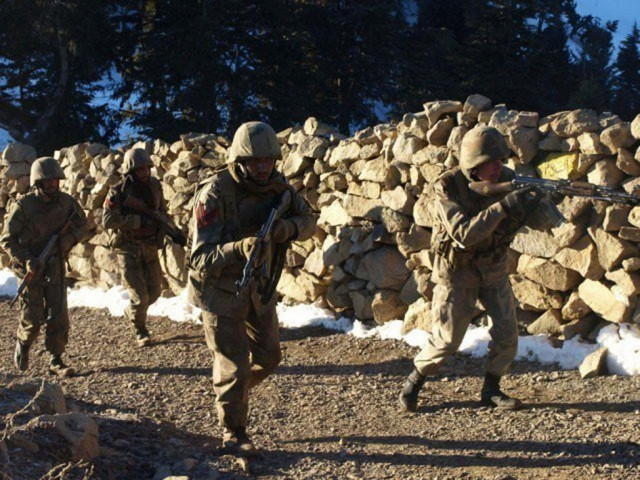
PHOTO: AFP
More than six years after active military operations in the tribal areas began, the long war against militancy is now nearing its conclusive end with the focus now shifting to rehabilitating displaced tribespeople, introducing reforms in Fata and strengthening the political administration of the tribal areas.
Operation Zarb-e-Azb: 38% displaced Fata tribesmen repatriated
“The purpose of military operations is to create a desired effect,” a senior security official told The Express Tribune. “Clearing an area is not the only goal… the deprivation of the last 68 years is what needs to be addressed.”
Purging the tribal areas of militants has come at a heavy cost, however. Some 4,401 security personnel lost their lives in the line of duty. Another 14,717 were injured in the years after 2001.
In 2015 alone, 238 security personnel were martyred and 967 were injured, most of the casualties occurring during the ongoing Operation Zarb-e-Azb.
Six cadet colleges to be established in FATA
On the other hand, 2,353 terrorists were killed, 669 more were injured, some 1,095 were arrested and 662 surrendered to the security forces.
Background briefings by officials concerned reveal that there are still two pockets of resistance along the Pakistan-Afghanistan border – Dattakhel, Shawal in North Waziristan and areas surrounding Rajgal in Khyber Agency. These areas make up only 1.5% of the total territory of Fata.
This is in sharp contrast to 2009 when militants had hubs in pretty much each of the seven tribal regions and wielded considerable influence in neighbouring settled districts.
Terrorists, criminals may be down, but far from out
Many of the peace committees set up to tackle militants, or aman lashkars as they are commonly known, have now been disbanded. Those still functional have been asked to hand over their weapons. Even the most influential peace committee in Wana, South Waziristan, has been asked to end their duties, say officials.
“There will be a zero tolerance policy for arms and ammunition by the returning population [of the tribal areas],” said one official.
Background briefings show an increase in threats in the last quarter of 2015. Some 226 threats were registered in the last quarter, compared to 178 in the third.
Even though Tehreek-e-Taliban Pakistan (TTP) can no longer operate openly in Fata or Khyber-Pakhtunkhwa, officials say the group still has the strength to plan and strike from Afghanistan.
Army chief inaugurates Wana Cadet College in FATA
One main reason for the increase is the hostile intention towards the China-Pakistan Economic Corridor (CPEC), explained an official.
TTP and its affiliates are particularly concentrated in Badakshan, the farthest northeastern province of Afghanistan. Groups like the Uighur-separatist East Turkestan Islamic Movement (ETIM) are also present in the northern zone and, reportedly, have sleeper cells in the region.
To deal with this threat, a brigade has already been deployed to secure the CPEC route near the region, an official said.
Still, it will take a while before normal life returns to Fata. “It’s understandable that a system which has been non-existent for 11 years will take some time to become functional,” the senior official said.
Published in The Express Tribune, December 31st, 2015.



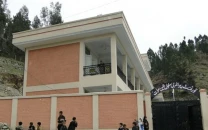
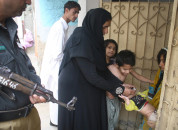
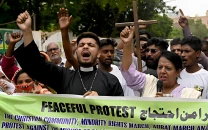
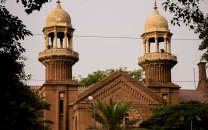


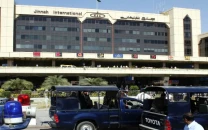

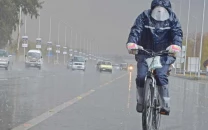







COMMENTS
Comments are moderated and generally will be posted if they are on-topic and not abusive.
For more information, please see our Comments FAQ